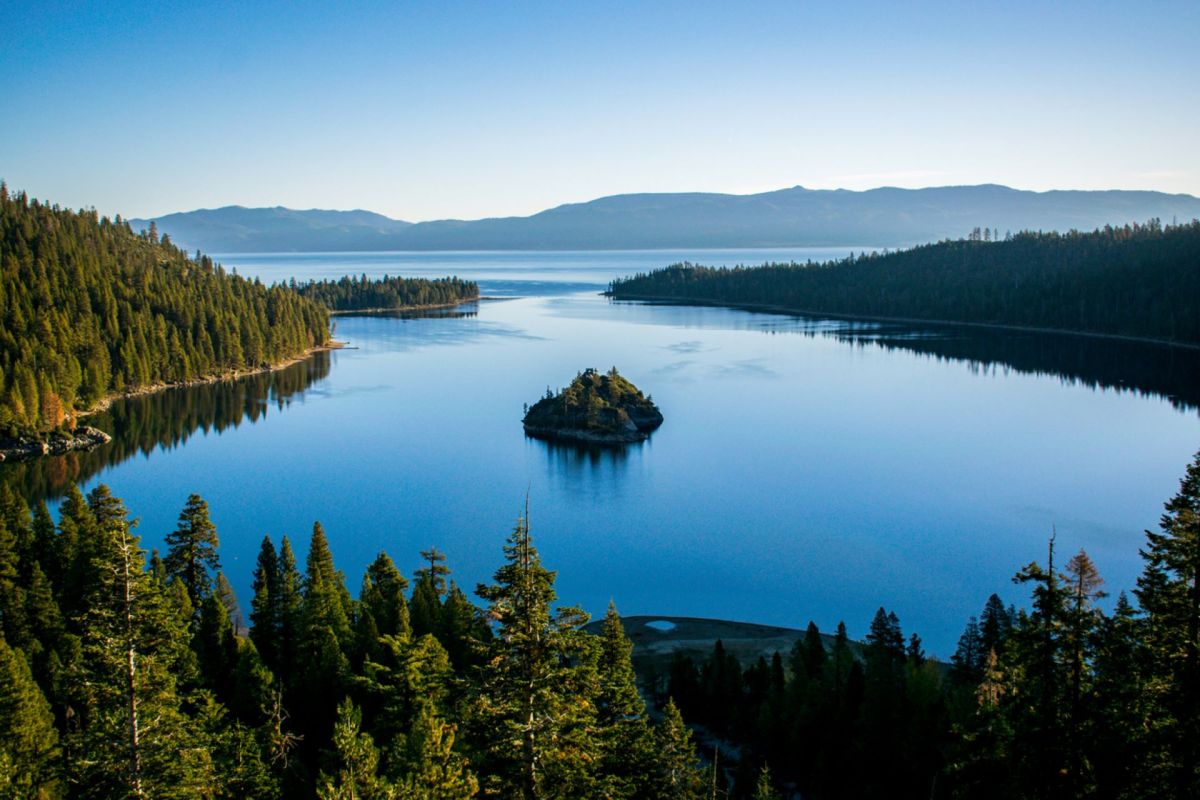The first study of large pieces of plastic waste in Lake Tahoe produced disconcerting results.
Published in Applied Spectroscopy in September, the paper showed the tourist hotspot on the California-Nevada border was inundated with an average of 133 pieces of plastic per mile, Newsweek reported.
What happened?
At 1,645 feet, Lake Tahoe is the third-deepest lake in North America and 10th-deepest in the world, per Visit Lake Tahoe. It covers 191 square miles with about 72 miles of shoreline.
Newsweek reported that other studies have shown microplastics abound in the lake as well but that this survey was the first to investigate "larger chunks of plastic waste."
The pollution mostly came from food containers, bags, bottles, and toys, as well as pieces of fishing gear, gloves, rope, cutlery, cigarettes, and buoys, according to Newsweek. "Many of the other items found could not be classified," the outlet reported. The survey found different types of plastic, including PVC, packaging, plastic bottles, caps, and fabrics.
"These items were all larger items," Monica Arienzo, an associate research professor of hydrologic sciences at the Desert Research Institute, said in a statement quoted by Newsweek. "The smallest item was probably about the size of a pencil eraser."
Why is this concerning?
The study noted that lakes and reservoirs could become "plastic litter sinks" because human-produced land-based waste enters the freshwater environments via stormwater, wind, and rivers.
"We compared these findings to findings from litter at the ocean floor and the findings here are comparable to those studies," Arienzo told Newsweek.
Only up to 0.5% of plastic produced ends up in oceans, but rising manufacturing rates mean this is still an enormous problem in the form of 1 million metric tons of annual plastic waste (about 1.1 million tons), per The Ocean Cleanup.
Plastics contain toxic chemicals, and when the products are disposed of via burning, those chemicals infect our air, soil, and water. They can disrupt reproduction, growth, and cognitive function and can increase the spread of disease, according to EarthDay.org.
Microplastics, the infamous toxins, have been found everywhere from the clouds to Antarctica. Humans inhale about a credit card's worth each week, according to Newsweek. They are linked to cancers, lung disease, and birth defects.
What's being done?
The goal of the recent study, according to Newsweek, was to impact policy change similar to South Lake Tahoe's bans on single-use plastics.
"I think one of the things that's really cool about this project is the collaboration between DRI, Clean Up the Lake, and UC Davis at Tahoe," Arienzo said, per Newsweek. "It demonstrates the power of bringing together a nonprofit that really wants to clean up Tahoe, while collecting data in the process that can help answer scientific questions.
"There's a lot of education we can do, as well as continuing to work on reducing the use of those plastics. Because we have to start thinking about turning that plastic pipe off."
Join our free newsletter for weekly updates on the coolest innovations improving our lives and saving our planet.









